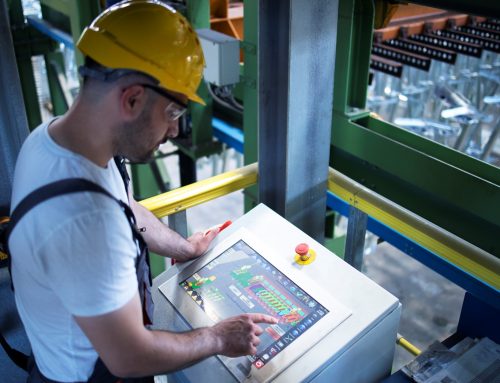Do you know what the future holds for the industry? Learn about the main trends and what they can mean for asset management!
Asset management is an important part of managing any company. After all, companies need effective tools to monitor and control assets and ensure that they are functioning properly. The use of ROI and payback in asset management can help keep the company on track.
To better understand these tools, it is essential to understand what they are, how they work, and how they relate to asset management. That’s what we’ll talk about in this post!
What is ROI and Payback?
ROI (Return on Investment) is a business measure used to evaluate how much money a company earns from investing in an asset. This index is calculated as a percentage.
Payback is another tool used to evaluate the effectiveness of an investment. It is a calculation that measures the number of months (or the period) it takes to recover the initial investment.
What is the difference between ROI and Payback?
Although used to evaluate the return on investment, ROI and payback are different tools. ROI is a percentage of how much money a company earns from an investment, while payback is the number of months or years it takes to recover the initial investment, meaning it is related to the time frame.
How to calculate ROI and Payback?
Calculating ROI and payback is relatively simple. The calculation of ROI can be done with the following formula:
- (Total Revenue – Initial Investment) / Initial Investment = ROI.
For example, if the total revenue obtained from the acquisition of an asset is R$ 50,000 and the initial investment is R$ 30,000, the ROI will be 66.7%: (50,000 – 30,000) / 30,000 = 66.7%.
Calculating payback can be done as follows:
- (Initial investment / Monthly profit) = Payback.
For example, consider a company that acquires a harvester costing R$ 750,000 and obtains an average of 1500 sacks of soybeans per day, whose market value is R$ 180 per sack. This can be calculated as follows: (750,000 / (1500 sacks x 180 reais)) = 3.5 days. This means that in just three days, what the harvester harvests covers its acquisition cost.
However, it is important to note that these two tools are not the only way to evaluate an investment. In this case of the agricultural company, it should also consider factors such as risks, maintenance costs, operating expenses (such as operators and inputs), machine life span, and opportunity costs (of land use) to evaluate the investment.
How do they help with asset management?
ROI and payback are useful for asset management because they allow companies to evaluate their investments and determine if they are getting an adequate return. By calculating ROI, companies can compare the effectiveness of their investments and adjust their strategies accordingly. Payback can also help companies evaluate their investments because it measures the time required to recover the initial investment.
Moreover, ROI and payback help companies make informed investment decisions. For example, if a company has a low ROI on a particular asset, it may decide not to invest further in that asset. If payback is too high, the company may choose to invest in other alternatives.
ROI and payback are truly useful tools. They allow companies to evaluate their investments, compare the effectiveness of their investments, and make informed investment decisions. By using ROI and payback for asset management, companies can increase the efficiency of asset management and maximize their return on investment.
Do you want to learn more about how Manusis can help your company with asset management? Request a demonstration to learn about our solutions.






Leave A Comment